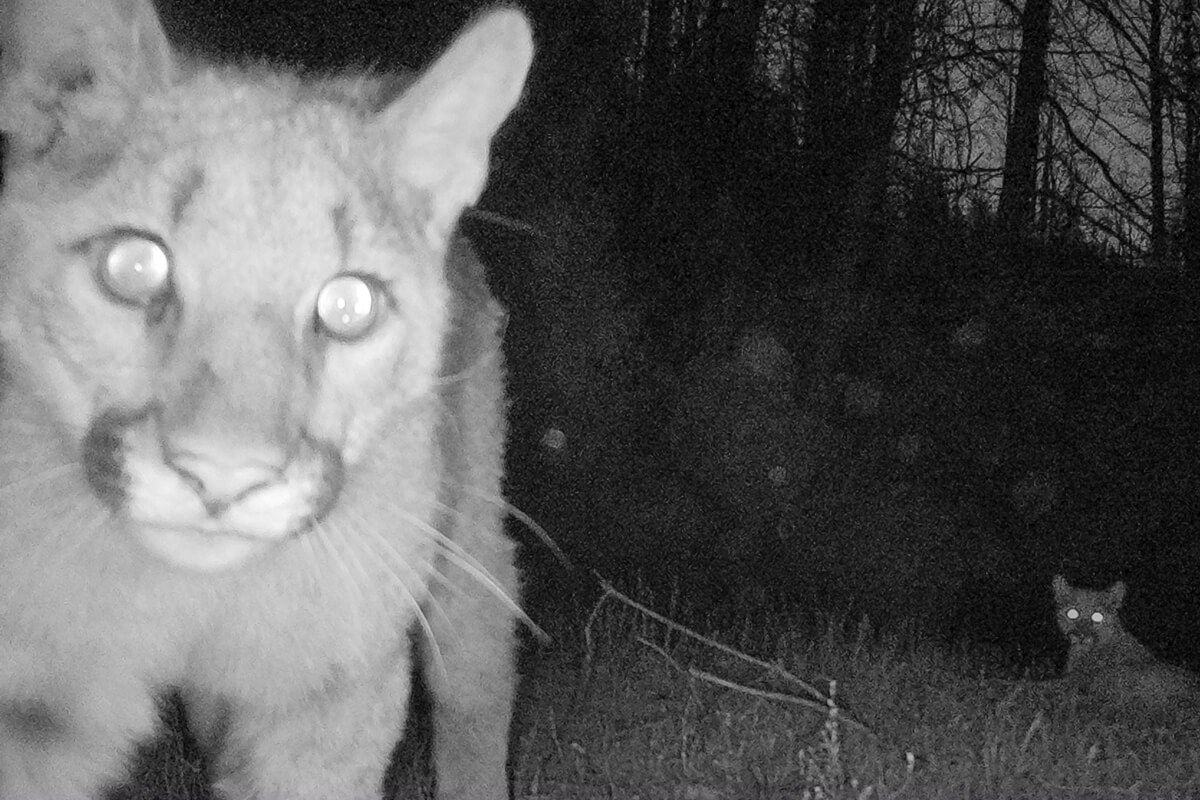Posts Tagged ‘Stewardship’
Why Cut Redwoods?
More than a decade ago, Sempervirens Fund was confronted with a choice: do we actively manage the forests we protect to improve their health, or do we continue to protect the redwoods as we have for more than a century and allow nature to heal on its own timeline? Active management to restore the forest would include the need to cut down trees for the benefit of the forest. With the increasing urgency to help redwoods recover from past human impacts and prepare for accelerating climate changes ahead, we collaborated with Bay Nature Magazine and author Audrea Lim to look at the shift in our redwood revolution and explore the outcomes.
Read MoreGrowing Old-Growth
An old-growth redwood is huge. One of the largest living things to ever grace the planet. And their size isn’t just impressive, it’s important. In the Santa Cruz Mountains very few old-growth redwoods remain, but you’re helping to grow the old-growth of tomorrow, today. Together, we’re restoring redwood forests faster for the trees, for wildlife, for the fight against climate change, and for future generations.
Read MoreA Stewardship Story: Return to Nature
Surviving since nearly the age of the dinosaurs, redwoods are resilient—but only 5% of them have survived the last century and a half. Human impacts have left redwood forests struggling to recover. Together, we are carefully caring for the redwood forests you protect, resetting their natural systems, and helping them return to nature. Take a peek behind the trees at how you have helped the redwood forests of the Santa Cruz mountains–some of the most biodiverse and threatened on Earth–this year.
Read MoreClose Encounter: Monitoring Marbled Murrelets
An endangered elusive, young seabird was found on the ground in one of its harshest habitats–the Santa Cruz mountains–where they and the redwoods they rely on are both at the end of their range. Read the story of this rare encounter and how monitoring marbled murrelets in the redwoods can support these dwindling species where they bear the brunt of climate change impacts and how you can help.
Read MoreIndigenous Stewardship at San Vicente Redwoods: Past, Present, and Future
After the CZU Fire an opportunity arose to study post-fire effects, survey a baseline of reemerging plants, and help Amah Mutsun Tribal Band members look for eco-archaeological clues to how the Awaswas-speaking peoples lived on and cared for this land. Dive into their research at San Vicente Redwoods as they look into Indigenous Stewardship of the past and help plan for the future.
Read MoreNEWS: San Vicente Redwoods Progress Report on Wildfire Resilience Restoration Three Years After CZU Wildfire, Amid Continued Risk
Since early 2022, San Vicente Redwoods partners have treated more than 820 acres, opened 7.3 miles of public access trails, improved community safety, and secured $3 million in funding to continue necessary work in living laboratory of forest restoration. Learn more.
Read MoreFuel for Fire: Framing Forest Resilience Three Years After the CZU Fire
Three years after the CZU Fire, the resilient land is recovering and fire-adapted species are restoring green to the landscape. But these lush signs of nature’s rebirth after fire can quickly become fuel for the next fire. How can we restore these ecosystems from a damaging past for an uncertain future? Take a look through a trained lens to witness the intersection of natural resilience and cutting-edge stewardship techniques.
Read MoreA Tangled Web: Redwoods, Colonialism, Eugenics, and Climate Change
Many people may not realize when walking among redwood forests that their conservation is tied up in a natural and social history that is as complex as the trees are visually spectacular. It is precisely the traits that give the redwoods their splendor that led to one particularly nefarious argument for their conservation—the then-emerging field of eugenics. Read on to learn more about how eugenics is entangled with the history of redwoods conservation.
Read MoreThe Seedling Saga
Plant a native plant and habitat is restored! Right? The saga of these seedlings, five years in the making, offers a look at the deceptively difficult process and planning that come before planting and the seemingly endless problems that stand between their roots and restoring native habitat.
Read MoreNEWS: Camp Jones Gulch Protected
Sempervirens Fund and The Y of San Francisco finalize permanent protection of Camp Jones Gulch, including old-growth redwoods in the Santa Cruz mountains.
Read MoreStory of a Seedling
Seeds–the size of a tomato’s–can grow into the tallest trees on earth, restore the footprint of a decimated forest, and help support life–of plants, animals, and people–for thousands of years. But it won’t be easy. Many challenges lie in waiting first. Read on for the story of a redwood seedling plucked from its home to grow safely, only to return and valiantly help restore the forests and habitats of San Vicente Redwoods.
Read MoreMonitoring Wildlife for Healthy Forests
While the size and majesty of a coast redwood often dominates the landscape, like all ecosystems, there is so much more than meets the eye–a complex, delicate, and intricate web of life comprised of the reciprocity of thousands of life forms from the microorganisms in the soil, fungi and insects, to the plants, trees, and wildlife. What can monitoring wildlife on the land, water, and air tell us about recovery and recreation in the forest? Read on to learn more.
Read More












